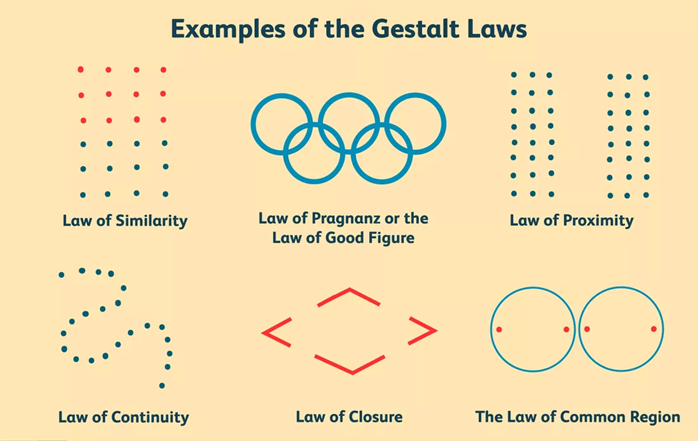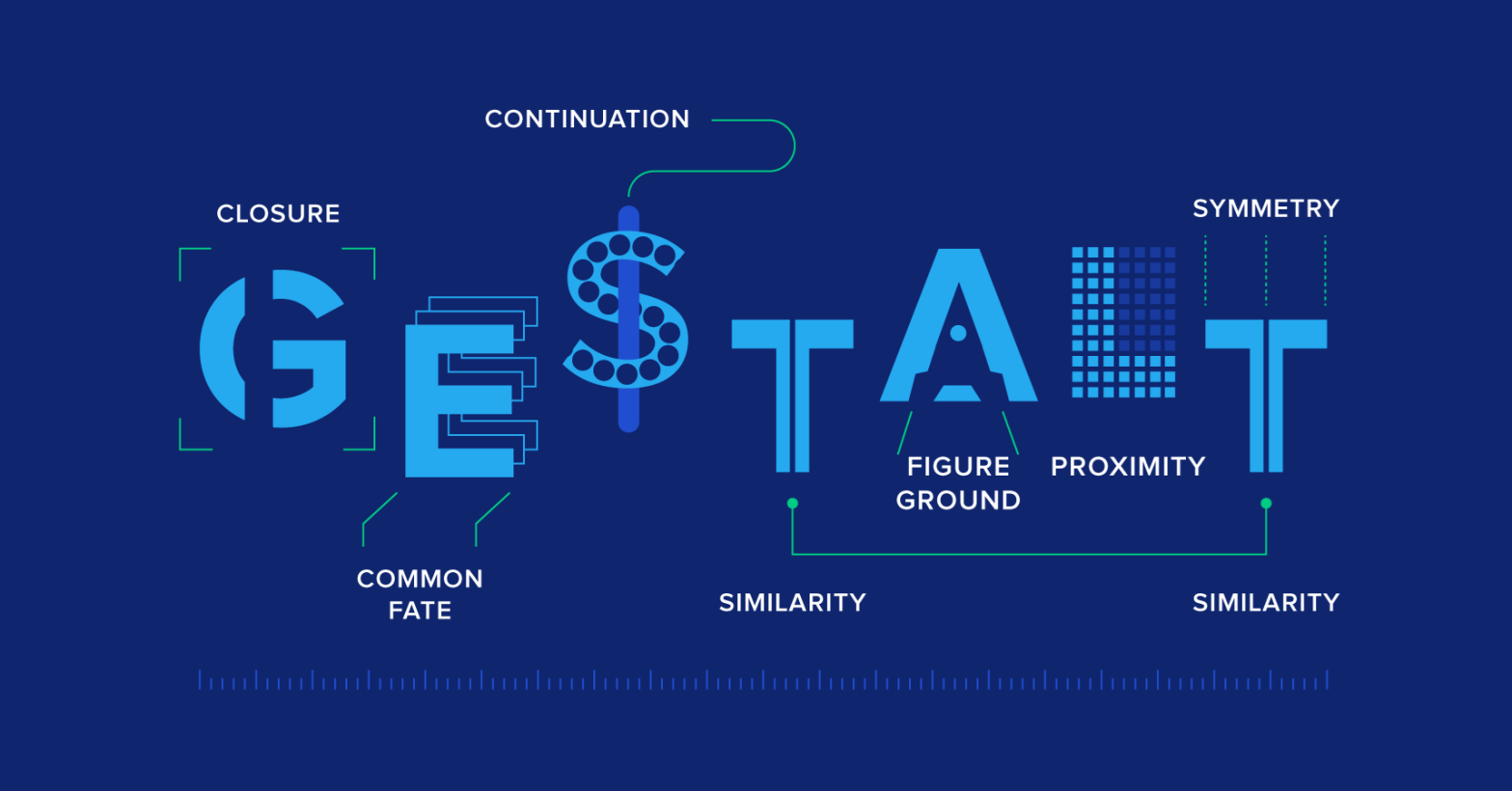Marketing Psychology and Consumer Behaviour
Are you able to perceive and recognize and associate to brand logos?
Does the brand logo portray its product and brand message, or is it just an artwork?
How do the Subliminal Ads impact Consumer Behaviour?
There are numerous things going around in our environment, but as living beings it’s impossible for us to respond to each stimulus, thus all our senses coherently are adapted to pick up and respond to stimuli that will have a favourable or unfavourable impact on body and conscious. In similar fashion, as consumers we exercise a great deal of selectivity in terms of the attention we give to commercial stimuli, based on the interaction of expectations and motives with the stimulus.
Selective Attention is consumers’ heightened awareness of stimuli that meet their needs and interests and minimal awareness of stimuli irrelevant to their needs.
Tweet
Thus, as consumers we are likely to note ads for products that would satisfy our needs and disregard those in which we have no interest. We also vary in terms of the kinds of information in which we are interested and the form of message and type of medium we prefer. Some people are more interested in price, some in appearance, and some in social acceptability. Some people like complex, sophisticated messages; others like simple ones.
Perceptual Defence is a cognitive activity occurring when consumers subconsciously screen out stimuli that they find psychologically threatening, even though exposure has already taken place.
Tweet
Thus, threatening or otherwise damaging stimuli are less likely to be consciously perceived than are neutral stimuli at the same level of exposure. We as individuals sometimes unconsciously distort information that is not consistent with our needs, values, and beliefs. Marketers can manipulate different aspects of ads to indirectly communicate meaning to the consumer below their level of consciousness. One way to combat Perceptual Defence is to vary and increase the amount of sensory input. This is often used in advertising of addictive products like cigarettes, alcohol, drugs and ect.
We do not experience the numerous stimuli that we select from the environment as separate and discrete sensations, rather we tend to organize them into groups and perceive them as unified wholes. Thus, the perceived characteristics of even the simplest stimulus are viewed as a function of the whole to which the stimulus appears to belong. The principles underlying perceptual organization is called Gestalt Principle.
Gestalt Principle states that the whole of anything is greater than its parts.
Tweet

There are 7 Gestalt’s Law or Principles
According to the Principle of Closure, we perceive elements as belonging to the same group if they seem to complete some entity. Our brains often ignore contradictory information and fill in gaps in information.
In the image at the top above, you probably see the shape of a diamond because your brain fills in the missing gaps in order to create a meaningful image.
The Principle of Continuity holds that points that are connected by straight or curving lines are seen in a way that follows the smoothest path. In other words, elements arranged on a line or curve are perceived to be more related than elements not on the line or curve.
In the image, we see the meandering line made by the dots, rather than viewing the dots individually, which would have given the perception of it being a random collection of dots.
According to the Principle of Proximity, things that are close to one another are perceived to be more related than things that are spaced farther apart.
In the image, the circles on the left appear to be part of one grouping while those on the right appear to be part of another. This is because, the objects being close to each other, we group them together.
The Principle of Similarity states that we naturally group similar items together based on elements like colour, size, or orientation. Grouping can occur in both visual and auditory stimuli.
In the image, for example, you probably see two separate groupings of coloured circles as rows rather than just a collection of dots.
Elements are perceived as either figures (distinct elements of focus) or ground (the background or landscape on which the figures rest).
The Principle of Common Region states that when elements are located in the same closed region, we perceive them as belonging to the same group.
Look at the last image at the top of the page. The circles are right next to each other so that the dot at the end of one circle is actually closer to the dot at the end of the neighbouring circle. But despite how close those two dots are, we see the dots inside the circles as belonging together.
The Principle of Symmetry & Order or referred as the Law of Prägnanz, states that when presented with a set of ambiguous or complex objects, your brain will make them appear as simple as possible, because we naturally perceive things in their simplest form or organization.
In the image above, in the Olympic logo, you would see overlapping circles rather than an assortment of curved or connected lines.
Related Posts
Gestalt Psychology and Its Impact on Consumer Behaviour: I – Closure and Continuation
Gestalt Psychology and Its Impact on Consumer Behaviour: II – Proximity and Similarity
Gestalt Psychology and Its Impact on Consumer Behaviour: III – Figure & Ground
Gestalt Psychology and Its Impact on Consumer Behaviour: IV – Common Region and Symmetry & Order
Marketing Psychology and Consumer Behaviour

Murtaza Choolawala
Geologist, Marketer
Hi, I am Murtaza, an enthusiastic researcher. Always curious to learn new things and to connect with people. Tech and Marketing are my obsession, and Research and Analysis are my Passion.





3 thoughts on “Gestalt Principles”